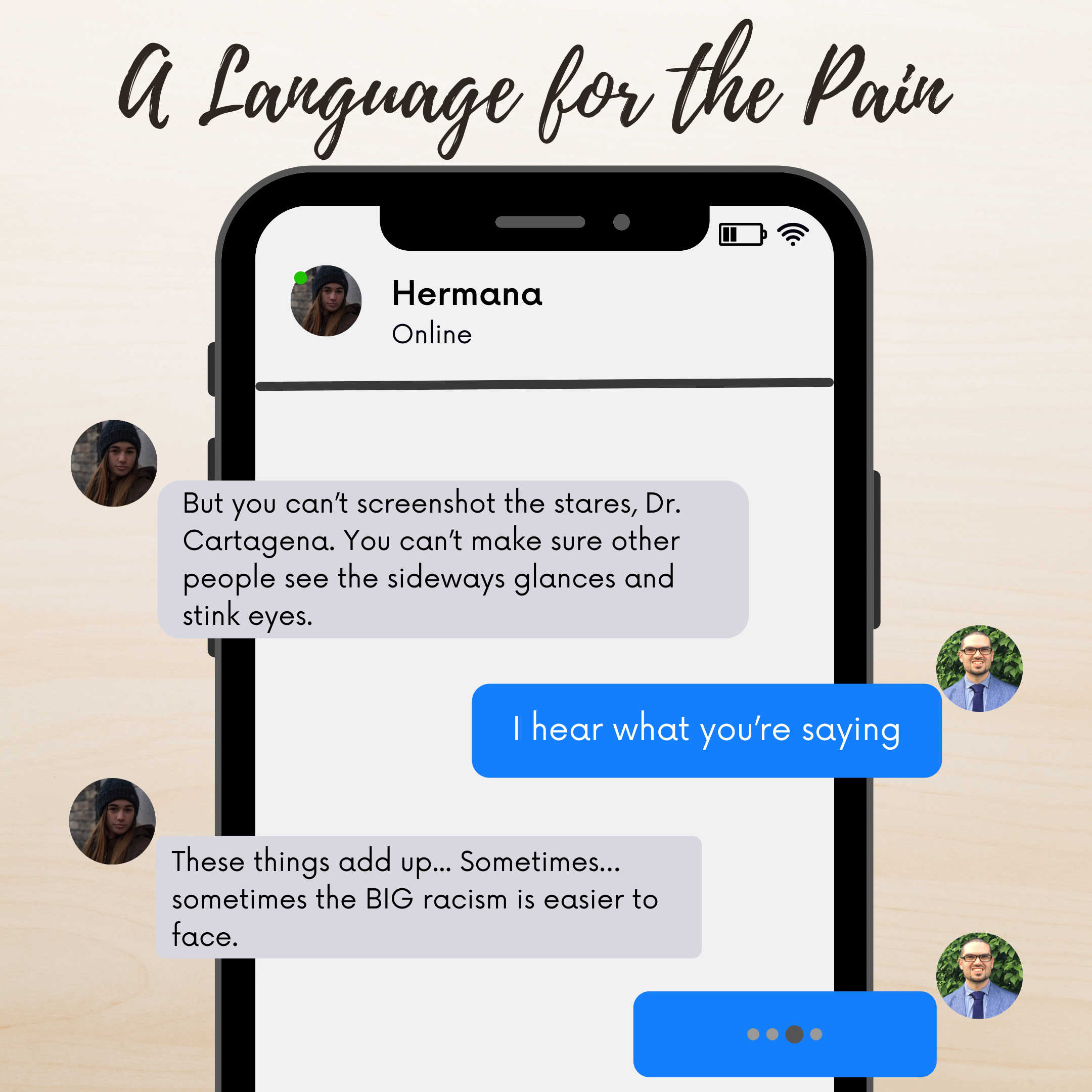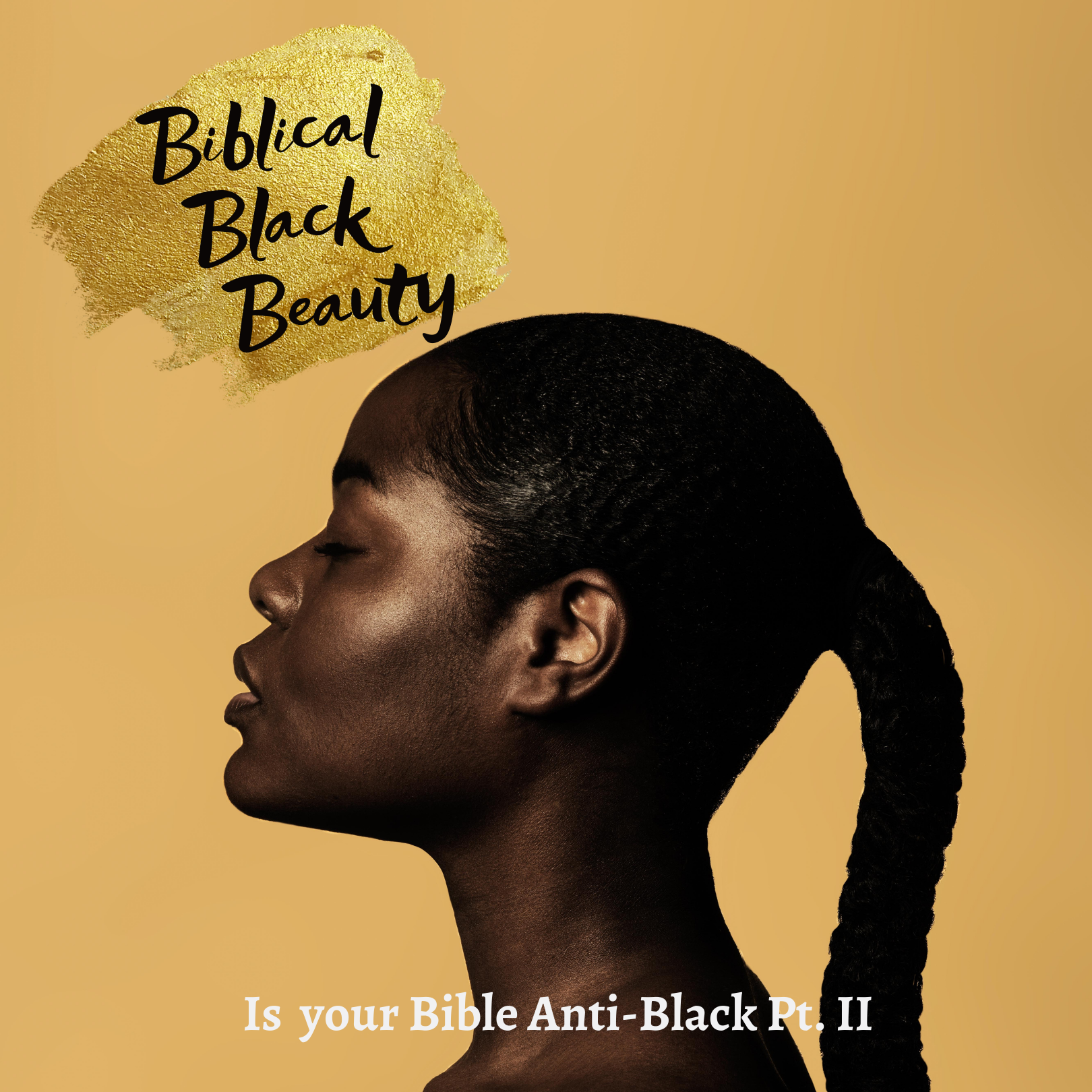“If the gospel is not contextualized, the Word of God will remain a logos asarkos (unincarnate word), a message that touches our lives only tangentially.”—C. René Padilla
Una Tradición
For over fifty years, Latin@ theologians have stressed that divine-human relations, theologies, and Christian practices are culturally laden. For example, Elizabeth Conde-Frazier writes, “the nature of God is contextual and bearing witness to [the] gospel is a contextual matter.” When considering theological education, Conde-Frazier adds, “The loci of our theological education are the lakes and oceans of our lives, the intersection of the practical and the theoretical as we move toward pastoral action. Our theology never comes from a blank space.” Thus, Conde-Frazier echoes a tradition of Latin@s including C. René Padilla, Ada María Isasi-Diaz, Orlando Costas, Justo González, and Elsa Tamez.
Like many Latin@s, I knew nothing about this tradition for most of my life. No one shared it with me; no one passed it down. In an effort to break this cycle of erasure, let me share some of what I have learned by listening to the Latin@ call for contextual theologies.
The Word Became Enculturated
The Son of God’s incarnation is one of the great mysteries Christians celebrate. The Son is the one “through whom are all things and through whom we exist” (1 Corinthians 8:6); the “appointed heir of all things, through whom [God] also created the worlds” (Hebrews 1:2); and the “first born of all creation; for in him all things in heaven and on earth were created, things visible and invisible, whether thrones or dominions or rulers or powers—all things have been created through him and for him” (Colossians 1:15-16). Put succinctly, the Son of God is the Word (John 1:1-5). And this Word “became flesh and lived among us” (John 1:14). The Son of God became Jesus of Nazareth.
When the Son assumed human flesh, the Son assumed a cultural identity and context. As René Padilla writes, “The Word became flesh. It was acculturized, since humans are cultural beings.” Understanding or proclaiming the Good News of Jesus Christ necessarily requires referring to a human culture. Again Padilla: “The climax of God’s revelation is Emmanuel. And Emmanuel is Jesus, a first-century Jew! The incarnation unmistakably demonstrates God’s intention to make himself known from within the human situation. Because of the very nature of the gospel, we know it only as a message contextualized in culture.” Padilla’s point about the necessity of a culture for people to know the gospel echoes Orlando Costas’s insight about revelation. “Biblical contextualization is rooted in the fact that the God of revelation can only be known in history. Such a revelation comes to specific peoples in concrete situations by means of particular cultural symbols and categories….Theology in the Old Testament appears as a culture-bound, historically situated reflection on the God who is known in human language. In the New Testament, however, this revelation reaches its peak: God is known in human flesh.” We can summarize Padilla and Costas thus: The Son assumed a first-century Jewish culture and revealed the image of the invisible God through it (Colossians 1:15).
Scripture equips us to say more about God’s enculturation in Christ. When the Son became Jesus of Nazareth, the Son became a colonized a Jew under Roman imperial occupation in the northern lands of Galilee, a backwater region far from Rome and Jerusalem. Moreover, some regions of Galilee were seen as worse than others. Nazareth is a case in point. This small town was a backwater within a backwater. Hence when Nathanael received an invitation to meet “Jesus son of Joseph of Nazareth,” Nathanael mockingly asked, “Can anything good come from Nazareth?” (John 1:46). Nathanael asked this question without knowing that Jesus and his parents were poor and former refugees. As René Padilla observes, “The offering Joseph and Mary [Jesus’ parents] brought on the occasion of his presentation in the Temple was the one that the Old Testament stipulated for poor people—namely, two doves or pigeons (Luke 2:23). Quite early in his life Jesus was a refugee.” The Son of God did not assume a privileged culture. He assumed a multiply marginalized one. Emmanuel carried a culture forged in oppression. And within this culture he “grew and became strong, filled with wisdom; and the favor of God was upon him” (Luke 2:40).
All Theologies are Culturally Shaped
If the incarnate Son of God assumed a multi-oppressed culture, it is also true that people can only know him from their own particular cultural locations. Consider the practice of reading Scripture. Justo González observes that all theologies arising from an interpretation of Scripture “are contextual, and therefore express the gospel as seen from a particular perspective.” González notes that this truth follows from another: “If there is anything we have learned during these last decades of modernity, it is that knowledge is always perspectival.” We all read scripture from a certain perspective, a particular place. And as Oscar García-Johnson argues, “the place in which theology is formed matters. Place matters because language, culture, and traditions are never neutral carriers of ideas; they always shape what they receive according to the values and inclinations of that place and its people.” In the U.S., for example, many Anglo evangelicals summarize “the gospel” in four words, “Jesus in my place.” Translation: “Jesus taking my (substitutionary) legal place.” This linguistic shorthand neglects many components of the gospel, including its cosmic scope. Paul writes: “For the creation was subjected to frustration, not by its own choice, but by the will of the one who subjected it, in hope that the creation itself will be liberated from its bondage to decay and brought into the freedom and glory of the children of God” (Romans 8:20-21). Jesus of Nazareth’s redemptive work accomplished creation’s liberation from the curse of Genesis 3. U.S. Anglo evangelicals carrying the truncated conception of the gospel in their interpretive tool kit are likely to misread or overlook passages that stress the gospel’s cosmic breadth.
The previous example illuminates how traditions mediate readings of Scripture. Oscar García-Johnson writes, “theology develops in a particular place out of the interaction, not simply between the Scriptures and culture, but between some version of the Christian tradition and the indigenous traditions of that place—both cultural and religious.” The “Jesus in my place” conception of the gospel that many Anglo evangelicals in the U.S. champion is common among U.S.-based, historically white Baptist denominations; it is largely absent in the U.S.’s historically Latin@ or Black Catholic communities. Hence, members of these different Christian traditions bring contrasting tradition-shaped lenses to their readings of Scripture and the theologies constructed from them.
Because everyone engages Scripture and constructs theology from particular cultural and tradition-shaped perspectives, Justo González argues that we should beware theologies that fail to note the social locations from which they arise.
Precisely because perspective cannot be avoided, when it is not explicitly acknowledged the result is that a particular perspective takes on the aura of universality. Thus it happens that theology from a male perspective claims to be generally human, and that North Atlantic white theology believes itself to be “normal,” while theologies from the so-called Third World or from ethnic minorities in the North Atlantic are taken to be contextual or perspectival.
There are no “universal” interpretations or theologies from nowhere. Presumptions that there are correlate strongly with historic modes of racist and nationalist hegemony. They also correlate with interpretations that fail to confront mammon.
James’ epistle frequently chastises the materially rich and offers encouragement to the materially poor. Chapter 2 is a case in point. “Listen, my beloved brothers and sisters. Has not God chosen the poor in the world to be rich in faith and to be heirs of the kingdom that he has promised to those who love him? But you have dishonored the poor. Is it not the rich who oppress you? Is it not they who drag you into court? Is it not they who blaspheme the excellent name that was invoked over you?” (James 2:5-7). Elsa Tamez notes that the “poor” in 2:5 are the πτωχοι (ptochoi), “those who have absolutely nothing, not even a job; they depend on alms.” C. Leslie Mitton neglects this basic point in his commentary. Instead, Mitton identifies the poor as the spiritually devout and claims that this term refers to “the class of people for whom prosperity means little since obedience to God means everything.” This reading cannot account for the Greek term’s actual meaning, nor the role that meaning plays within James’ discussion of how the materially wealthy oppress the materially poor. And as Tamez writes, “Only someone with a job, food, and shelter could affirm such a thing. The hungry, the exploited, the jobless want at least to satisfy their basic necessities, and they turn to God with those hopes.” Many “universal” interpretations of Scripture are corrupted artifacts of the middle to upper-middle class that fail to account for God’s special concern for the poor.
Nothing we have considered excludes the possibility that a particular contextualized reading is evil. It may be. A self-conscious proponent of machismo may note this commitment and offer a misogynistic reading of Hagar’s experiences. Of course, flagging this commitment prepares readers for what they will find and keeps their claims out of a “universal” register. Interpretations or theologies with unconscious contextualization perform neither of these functions. Moreover, they consistently prove divisive. As González writes, “Unconscious contextualization…will certainly lead to fragmentation, because it is by nature sectarian, not recognizing that it is but part of the whole.” González continues:
What leads to fragmentation is not the existence of a black theology, a Hispanic theology, or theologies that explicitly take into account the theologian’s gender. What leads to fragmentation is the lack of recognition that all these theologies, as well as all expressions of traditional theology, are contextual, and therefore express the gospel as seen from a particular perspective.
As M. Daniel Carroll Rodas’s puts it, we must strive to be “self-aware contextualized interpreters” and theologians. Such awareness, Conde-Frazier writes, requires an ever-growing consciousness of “the cultural blinders and ideological filters through which we interpret the world.” Though such self-awareness is insufficient for an accurate reading or theology, it is a key component of Christian discipleship and the Christian commitment to resisting and remediating oppression. As Ada María Isasi-Díaz argues, “Who I am, where I am coming from, and where I wish to go shapes the method and content of my theological work. Though such self-revelation is always dangerous, I have entered upon it because I believe that the pretense of objectivity by theologians indicates complicity with the status quo, a status that for me and my Hispanic sisters is oppressive.”
Contextualizing with and for Latin@ Eyes
Latin@s should be particularly aware of the need to consider the oppressive influences that shape people’s reading of Scripture. The Iberians who colonized present-day Latin American championed biblical interpretations and theologies that justified imperial conquest and murder. The Spanish’s El Requerimiento makes this clear. And it confirms Elizabeth Conde-Frazier’s liberating insight: “Colonizers presented their own readings as the only possible readings, and it can seem that disagreeing with colonizing readings is disagreeing with the Bible itself. But this is not so, for there is a gap between the colonizers’ interpretation of the Bible and the Bible as the living Word of God.”
Of course, what is true of the Iberian colonizers is also true of twentieth-century missionary endeavors in Latin America. Again Conde-Frazier: “The seeming inflexibility of the interpretation of the Word beyond the ‘truths’ prescribed by the missionaries has created confusion for the Latin@ church in a time of crisis for the community as well as many changes in the present society, including generational changes of perspectives within her own families.” Many missionaries to Latin America proclaimed and formed Latin@s in imperial, Euro- or U.S.-centric, middle-class, whitewashed conceptions of the gospel. Yet they perpetually failed to see the cultural baggage they added to the gospel and discipleship. For them, what they offered was Christianity, pure and simple. Similar patterns hold for Latin@ evangelicals in the U.S. Most reside in congregations, parishes, and denominations draped in ropaje anglosajón with U.S.-style imperial, nationalist, racist, classist, and sexist embroidering. Even Latin@ evangelicals who avoid fellowship in these ecclesiastical communities face the reality that they dominate Christian publishing, Christian radio, and Christian film and television media. “Even if we have not come from Anglo-run church structures,” Conde-Frazier writes, “the theological ideological structures still proliferated throughout our lives.” Regardless of its pervasiveness, ropaje anglosajón is not the gospel nor a part of the biblical witness. Moreover, it is unfit for the task of helping Latin@s faithfully navigate the distinctive challenges they face. Indeed, it typically baptizes and advances beliefs, narratives, and images that legitimize these exact challenges.
Despite this evil legitimizing function, Latin@s and Latin@ communities frequently find it difficult to shed and resist ropaje anglosajón. For them, the cultural clothing is the tradition through which they understand Christianity. As Conde-Frazier observes, “The tradition has become the filter through which we read the Scriptures. When the Spirit breathes new life into the interpretation of the text, we are not always ready to hear what it says to us. If it doesn’t sound familiar, we are quick to believe that it is unorthodox or not sana doctrina (sound doctrine).” Who will shed or resist what they believe is sana docrtina? Some recognize that interpretations and theologies covered with ropaje anglosajón are not sana doctrina. Yet they also recognize that prominent people, communities, and institutions advancing these interpretations and theologies hold a disproportionate amount of money and power. Consequently, parting with the ropaje is likely to land these individuals and communities in an extremely vulnerable position. Still others are willing to take this risk, but they hesitate because they have internalized beliefs about their inferiority that decorate the ropaje.
René Padilla spoke of the Latin@ challenge to redress the problems of ropaje anglosajón in terms of “theological dependence.” He writes, “An examination of all these aspects of our church situation will show that our ‘theological dependence’ is just as real and serious as the economic dependence that characterizes the countries of the Majority World.” For Padilla, this dependency is profoundly problematic. Speaking about the gospel, Padilla declares, “as long as the gospel does not attain a profound contextualization in the local culture, in the eyes of people in that culture it will continue to be a ‘foreign religion.’” This point returns us to the epigraph. “If the gospel is not contextualized, the Word of God will remain a logos asarkos (unincarnate word), a message that touches our lives only tangentially.”
The Latin@s in the tradition we are listening to call upon Latin@s and Latin@ communities to construct interpretations and theologies that, informed by the truths about the Son’s enculturation and the contextualization of human knowing, contextualize the gospel and biblical witness to their particular social locations. These theological constructions must account for what Ada María Isasi-Díaz calls lo cotidiano—the everyday lives of Latin@s and Latin@ communities. The goal, Padilla explains, is to have ecclesiastical communities that “through death and resurrection with Christ [embody] the gospel within its own culture.” This does not entail that the gospel differs across groups, nor exclude listening to and learning from the Church catholic. Padilla is clear on both counts.
This is not to say that the message of the gospel should be one thing here and another one there. It has been given “once and for all,” and its proclamation is faithful in the degree to which it manifests the permanence of the revealed data, either here or there. Nor am I suggesting that there is a need for an “indigenous theology” characterized by local folklore and completely conditioned by the historical situation. Even less would we wish a theology that, in an effort to “contextualize” the gospel, superciliously ignores the results of long years of work in the field of biblical research carried on by theologians in Europe or North America.
Padilla and the other Latin@ theologians we have heard encourage us to learn from the Church catholic and other sources to determine the particular contextual “relevance of biblical revelation to our culture, the relation between the gospel and the problems that the church is facing in our society.”
Some will object that the emphasis on contextualizing the gospel and bible to current, concrete cultures and situations will produce syncretism—a settling for something that is the mixture of pure Christianity and a polluted culture. To this argument, Padilla offers this reply. “When there is no conscious reflection on the form that obedience to the Lordship of Jesus Christ must take in a given situation, conduct can quite easily be determined by the culture rather than by the gospel.” The resonances between Padilla, Isasi-Díaz, and González are striking.
Una palabra final
Latin@ theologians have taught me that we all love, follow, and learn about the enculturated Son of God from a particular context. They taught me of the need to be a self-aware interpreter and theologian working to contextualize the gospel and biblical witness to my social location and my ecclesiastical community’s. They taught me I must do this work en comunidad. And they taught me that C. René Padilla is right: “The contextualization of the gospel can only be a gift of grace granted by God to a church that is seeking to place the totality of life under the Lordship of Christ in its historical situation.”
About Dr. Nathan Luis Cartagena
A son of the US South (Mom) and Puerto Rico (Dad), Dr. Cartagena is an Assistant Professor of Philosophy at Wheaton College (IL), where he teaches courses on race, justice, and political philosophy, and is a fellow in The Wheaton Center for Early Christian Studies. He serves as the faculty advisor for Unidad Cristiana, a student group working to enhance Christian unity and celebrate Latina/o cultures, a scholar-in-residence for World Outspoken, and a co-host for the forthcoming podcast From the Underside. He’s also writing a book on Critical Race Theory with IVP Academic.
Articles like this one are made possible by the support of readers like you.
Donate today and help us continue to produce resources for the mestizo church.




















